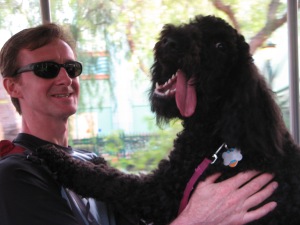The web-conference with my learning partner Tim was an enlightening experience. In his blog Tim posted a number of thought provoking ideas and in our discussion we explored several of these, which helped me to a better understanding of the themes of his blog. Our discussion was not highly structured but rather ranged from issue to connected issue, as befits mature adult learners – we followed our interest. I enjoyed how we were able to link many of the elements from other of the course assignments into this discussion.
As an example, a video Tim posted in his blog, a lecture by Willie Poh on Learning vs Education raised the issue that education currently is largely structured to preserve the status quo. When first I saw this quote within another assignment my reaction was that this was somewhat subversive – it didn’t ring true to me. In reflection I started to see there is truth in this although I feel, as with many ideas, it is nuanced. In my opinion the status quo is most certainly maintained and not always to positive effect when the learning is teacher centered. An important, and necessary given our rapidly changing world, point made later in this piece is to “get out of the way, so they can figure things out for themselves”. That is what a good instructor, as a facilitator of learning, should do.
What was one thing I learned? In my earlier learning styles paper I did not address transformational learning as a part of the constructivist perspective and this exercise helped me to a greater understanding. Tim makes the case for the need to develop the ethical mind as a part of lifelong learning. How is this achieved? It relates to another question posed within his blog – is the educator’s role to inform or to transform? Helping to develop the ethical mind is transformational and to do so in part we must get away from being teacher centered. You cannot instruct someone to think ethically as this rests clearly in the affective domain – learners must claim these beliefs – it must become a part of who they are! Educators can model this but may first need to transform their own way of being, towards being learner centered facilitators so learners can make discoveries for themselves. Such transformation is a great challenge to educators and learners as both will need to think critically and reflect on their own beliefs, behaviours and ways of relating to the world around them.

